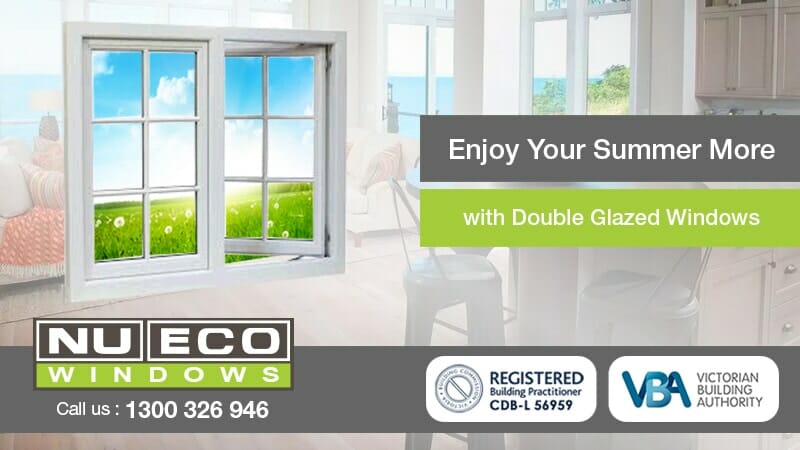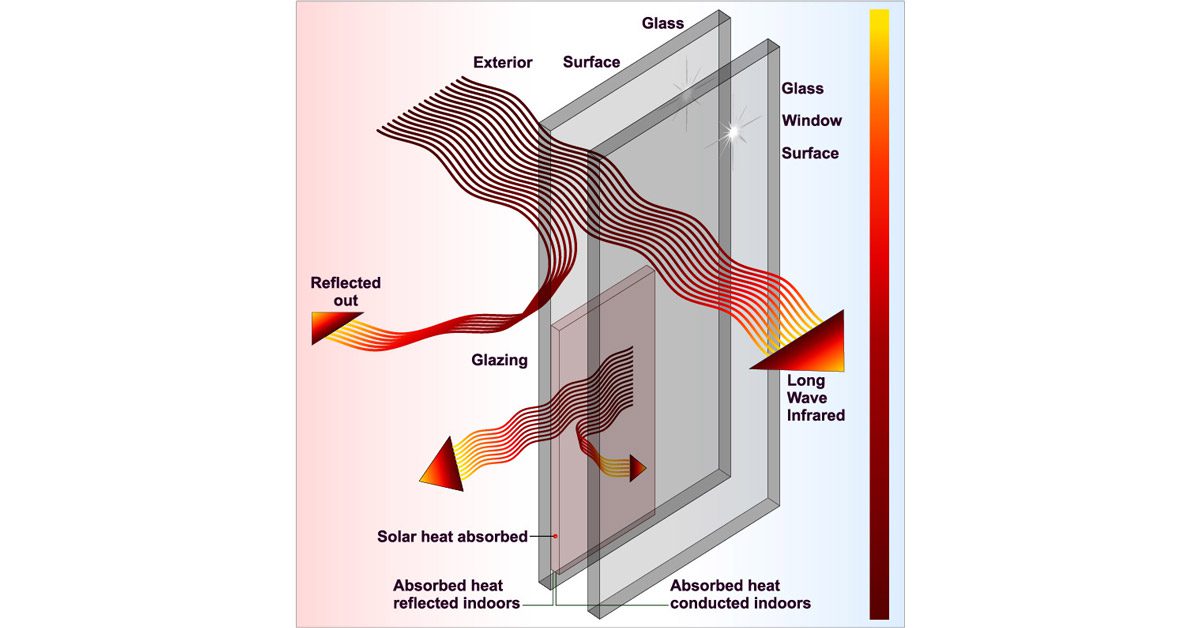All Categories
Featured
Table of Contents
Why Install Stunning Double Glazing Windows During Summer? in Rivervale Perth
That window can transmit more solar heat in winter season than in summer. A west-facing window on a summertime's afternoon has an angle of occurrence from near 0 approximately 30 with a big reliable location of solar radiation. A north-facing window, in summer, has a high angle of occurrence and a low effective location of solar radiation, so can transmit less heat than a west-facing one.

You can rapidly and quickly improve the thermal efficiency of your house by replacing your windows. This is among the most effective approaches of remodelling to achieve improved thermal convenience. There are thousands of types of glass and frames to pick from. Picking the ideal ones is necessary to enhancing the energy performance of your home.
Faq in Wembley WA
Single glazing with clear glass is not really efficient when it comes to heat loss or gain. To improve efficiency, you can utilize single glazing with a more energy-efficient type of glass such as low emissivity (low-e) glass.
The energy performance of IGUs also depends on: the residential or commercial properties of each layer of glass. Different glass types (for example, clear and low-e glass) can be put together in an IGU.
Double Glazing - Windows - Doors in West Swan Perth

IGU cavities can be filled with air or a more inert, low-conductivity gas such as argon the width of the cavity. Cavity density is normally 6 to 18mm. Larger cavities supply lower (better) U worths, with 12mm typically accepted as the favored gap how well the cavity is sealed. Cavities should be dry and well sealed to prevent moisture getting in.
If argon is installed to the cavity in location of air, wetness is dependably excluded the level of desiccant (drying representative). The spacer (metal or polymer strip) that separates the glass layers includes a desiccant to soak up any wetness. Insufficient desiccant may trigger wetness to condense on the glass surface area in cold conditions, minimizing thermal efficiency.
Benefits Of Replacing Double Glazing Windows In The Summer in Kenwick WA
In truth, IGUs can provide better energy efficiency for all environments, especially in heated and air-conditioned homes. Cross-section detail of single, double and triple-glazing units Low emissivity glass (frequently understood as low-e glass) lowers heat transfer. Low-e glass may be either high or low transmission: High transmission low-e glass has a finish that permits daytime from the sun to pass into your home to accomplish great solar heat gain, however decreases the quantity of the long wavelength infrared heat that can escape back through the window.
Low-e glass has either a pyrolytic coating or a vacuum-deposited thin movie metal finish. Pyrolytic finishes are durable and can be utilized for any glazing; vacuum-deposited coatings are soft and are only used within IGUs. Low-e finishes can significantly enhance both U value and SHGC; however, they need to be utilized correctly or they will either weaken or stop working to perform as needed.
What Are The Best Double Glazed Windows In Australia? in Woodlands Perth
Low-e finishings can be used in mix with clear, toned or reflective glass. Low-e finishings on glazing can lower heat transfer where needed Image: Department of Industry, Science, Energy and Resources Toned glass has actually colouring ingredients consisted of during manufacture. It is available in various colours, typically bronze, grey, blue and green.
Latest Posts
Window Glazing For Households - Energy in Myaree WA
Why You Need Secondary Glazing In The Summer in Madeley WA
Secondary Glazing: Is It Worth It? in Applecross Perth